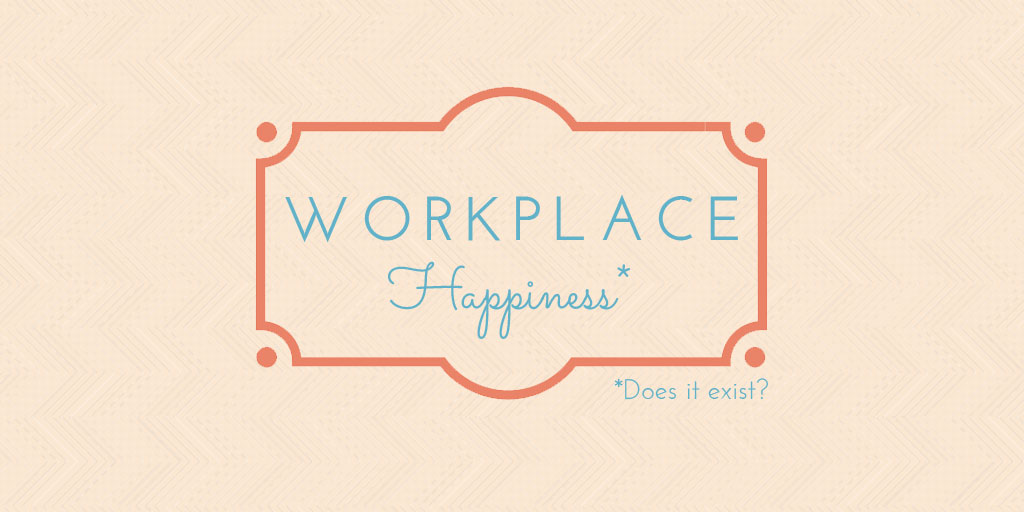
Workplace Happiness: Does It Exist?
There’s an increasing trend of connecting employee performance with workplace happiness. Recent examples can be seen by the lifestyle promoted by companies such as Google, Facebook, LinkedIn, Square and many others, where they heavily promote a great office culture, give lots of perks and pay attention to small details that can increase the happiness level of an employee.
Why is it important to think about workplace happiness?
The greatest reason to think of it starts with the fact that we spend 99,117 hours working during a lifetime. That equates to approximately 11 years of non-stop work. And much of what happens at work affects our attitude and behaviour during social moments.
But as Geoffrey James says in his article about workplace happiness, “Employees don’t work hard because they’re happy. They’re happy when they’re working hard”, and that theory was further proven through Matthew A. Killingworth showcased, with his Track Your Happiness app, that people are happier when they’re focused/not distracted or aren’t in a situation where they’re bored.
So as an Employer, how can I be more aware of workplace happiness?
Start by thinking about Maslow’s hierarchy of needs. It’s pretty simple and explains a lot of what can be done in order to satisfy the different needs people try to fulfil in order to be happier.


The basic needs are “Physiological” and correspond to the basic needs of having different spaces in the office: to work, to eat, to relax… A material space that makes the employee satisfied with the basic offering of a company’s office space.

Then come the “Safety” type of needs. These are more related to the security provided at the workplace, but also the contract the employees have, the insurance they have access to as well as the resources that are available for them to perform their job.All are connected to a sense of safety and to the ability of a job to provide the lifestyle an employee wants.

The “Love/Belonging” needs come to how connected employees feel to others. It has a lot to do with the office culture, the intimacy created amongst the team and the relationships built during office hours. We can perhaps admit that has a lot to do with to the sense of belonging to something bigger than ourselves.

On the next line comes the “Esteem” type of needs. Here is all about how confident the employees are about their job and performance, the achievement of results, as well as respect for and from their peers. It’s the type of need that often connects to working hard and seeing results.

The final type of need is “Self-actualisation” and is the morality behind the company. The feeling that employees have when they are on an issue, solve a problem and bring our their creativity, authenticity and value. They realise they are valuable for their organisation and that there’s a relevance behind their existence in said organisation.
This is all good and great, but can practical tips or strategies be put in place to address all these needs? I would start with a few suggestions.
3 Simple Strategies for Workplace happiness
1. Make it clear for every employee what each person’s contribution is.
Connect the employees’ roles to a bigger purpose and help them understand how valuable they are. Do performance assessments, give positive and constructive feedback, and have an open communication habit across teams.
2. Invest in having a strong and genuine office culture
Let the employees come together and co-design their ideal work environment. Team building, habits, principles, peer-tracking, performance evaluations and more. Let everyone engage (directly or indirectly) on how everyone collaborates and works with each other.
3. Celebrate achievements & learn from bad periods
Bring people together to celebrate all sorts of achievement. Create a winning culture, where everyone is recognised for their work. Do you have non-performers? Is it tough sometimes when results don’t show up? It’s ok. Make it a joint-challenge and ensure that everyone’s on board.
Workplace happiness does exist. But it’s the leadership choice of any organisation to decide how much it matters to them and to their company culture. Invest in it. You won’t regret it.
